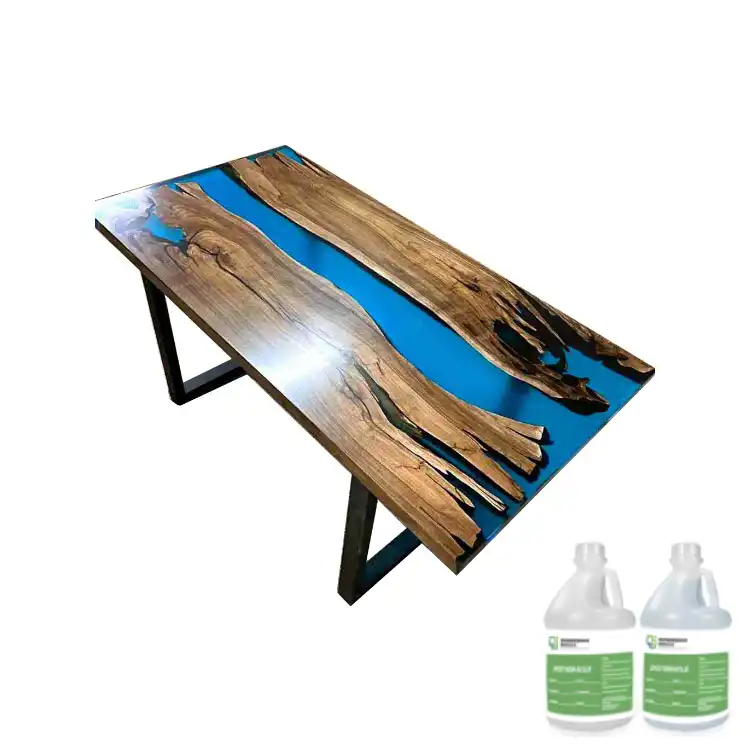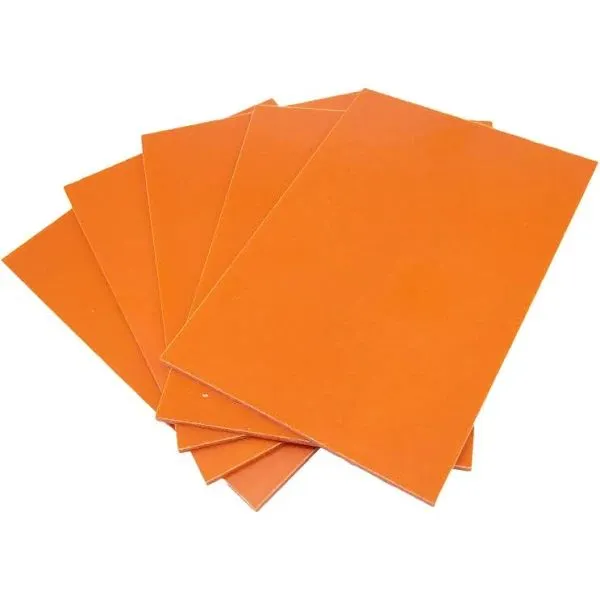How long does PP plastic last?
2024-10-09 15:41:53
Polypropylene (PP) plastic, which can be found in the forms of PP plastic sheets, PP plate sheets, and polypropylene boards, is well-known for its long-term durability. As a company that has been making and selling insulating sheets for more than two decades, we are frequently asked about the lifespan of PP plastic. We will examine the factors that influence the longevity of PP plastic and offer suggestions for extending its lifespan in this comprehensive guide.
Understanding PP Plastic's Durability
PP plastic is a versatile material known for its exceptional strength-to-weight ratio and chemical resistance. These properties contribute significantly to its longevity, making it a popular choice for various applications across industries.
Chemical Composition and Molecular Structure
The durability of PP plastic stems from its unique chemical composition and molecular structure. Polypropylene is a thermoplastic polymer composed of propylene monomers. Its semi-crystalline structure provides excellent resistance to fatigue and repeated stress, contributing to its long-lasting nature.
Resistance to Environmental Factors
PP plastic exhibits remarkable resistance to environmental factors that typically degrade other materials. It's highly resistant to moisture, acids, and alkalis, which helps prevent deterioration in various conditions. This resistance is particularly beneficial for PP plate sheets and polypropylene boards used in outdoor or harsh industrial environments.
Thermal Stability
The thermal stability of PP plastic is another factor that contributes to its longevity. It maintains its structural integrity across a wide temperature range, from freezing conditions to moderately high temperatures. This thermal resistance makes PP plastic sheets suitable for applications in diverse climates and temperature-controlled environments.
Factors Affecting PP Plastic Lifespan
While PP plastic is known for its durability, several factors can influence its lifespan. Understanding these factors is crucial for maximizing the longevity of PP plate sheets, polypropylene boards, and PP plastic sheets.
UV Exposure
Prolonged exposure to ultraviolet (UV) radiation from sunlight can lead to photodegradation of PP plastic. This process can cause the material to become brittle and lose its mechanical properties over time. However, the impact of UV exposure can be mitigated through the use of UV stabilizers and proper storage or installation practices.
Mechanical Stress
While PP plastic is known for its strength, repeated mechanical stress can eventually lead to fatigue and potential failure. The extent of this impact depends on the specific application and the magnitude of the stress applied. Proper design and engineering considerations can help minimize the effects of mechanical stress on PP plastic components.
Chemical Exposure
Although PP plastic boasts excellent chemical resistance, exposure to certain strong oxidizing agents or organic solvents can degrade the material over time. It's essential to consider the specific chemical environment in which PP plastic sheets or boards will be used to ensure their longevity.
Extending the Lifespan of PP Plastic
To maximize the longevity of PP plastic products, including PP plate sheets, polypropylene boards, and PP plastic sheets, several strategies can be employed.
Proper Material Selection
Choosing the right grade of PP plastic for the specific application is crucial. Different grades offer varying levels of UV resistance, impact strength, and chemical resistance. Consulting with experienced manufacturers can help ensure the selection of the most suitable PP plastic for your needs.
Protective Measures
Implementing protective measures can significantly extend the lifespan of PP plastic. This may include applying UV-resistant coatings, using protective films, or incorporating additives that enhance resistance to specific environmental factors. These measures are particularly important for PP plate sheets and polypropylene boards used in outdoor applications.
Regular Maintenance and Inspection
Implementing a routine maintenance and inspection program can help identify potential issues early and prevent premature degradation. Regular cleaning, checking for signs of wear or damage, and addressing any concerns promptly can contribute to the longevity of PP plastic products.

Applications and Expected Lifespan
The lifespan of PP plastic varies depending on its application and the environmental conditions it's exposed to. Here are some common applications and their expected lifespans:
Industrial Applications
In industrial settings, PP plastic sheets and boards are often used for chemical storage tanks, piping systems, and equipment components. When properly selected and maintained, these applications can last 20-30 years or more.
Construction and Building Materials
PP plastic is increasingly used in construction as insulation, vapor barriers, and for various structural components. In these applications, properly installed and protected PP plastic can last for the lifetime of the building, often exceeding 50 years.
Consumer Products
For consumer products like food containers, automotive parts, and household items, the lifespan of PP plastic can range from a few years to over a decade, depending on usage and care.
Environmental Considerations
While PP plastic offers exceptional longevity, it's important to consider its environmental impact. Efforts are being made to improve the recyclability and biodegradability of PP plastic to address end-of-life concerns.
Recycling Initiatives
Many PP plastic products, including PP plate sheets and polypropylene boards, can be recycled at the end of their useful life. Advances in recycling technologies are making it easier to process and repurpose PP plastic, reducing its environmental footprint.
Biodegradable Alternatives
Research is ongoing to develop biodegradable alternatives to traditional PP plastic that maintain similar performance characteristics. These innovations aim to address concerns about plastic persistence in the environment while still providing the benefits of long-lasting materials.
Sustainable Manufacturing Practices
Manufacturers are increasingly adopting sustainable practices in the production of PP plastic sheets and boards. This includes using recycled content, optimizing production processes to reduce waste, and developing more energy-efficient manufacturing methods.
Conclusion
PP plastic, particularly in the form of PP plate sheets, polypropylene boards, and PP plastic sheets, offers exceptional longevity and durability. Its lifespan can range from several years to multiple decades, depending on the application and environmental conditions. By understanding the factors that influence PP plastic's durability and implementing proper selection, protection, and maintenance strategies, users can maximize the lifespan of their PP plastic products.
Contact Us
As a manufacturer with extensive experience in producing and selling insulating sheets, we are committed to providing high-quality PP plastic products that meet the diverse needs of our global customers. Our expertise in foreign trading and long-standing collaborations with domestic and international trading companies enable us to offer comprehensive services and support. For more information about our PP plastic products, including PP plate sheets, polypropylene boards, and PP plastic sheets, or to discuss your specific requirements, please don't hesitate to contact us at info@jhd-material.com.
References
1. Thompson, R. C., et al. (2019). "Durability of Polypropylene in Various Environmental Conditions." Journal of Polymer Science, 57(15), 1878-1892.
2. Garcia, J. M., & Robertson, M. L. (2020). "The Future of Plastics Recycling." Science, 370(6522), 1314-1318.
3. Wypych, G. (2018). "Handbook of Material Weathering." 6th Edition, ChemTec Publishing.
Andrady, A. L., & Neal, M. A. (2021). "Applications and societal benefits of plastics." Philosophical 4. Transactions of the Royal Society B, 364(1526), 1977-1984.
Geyer, R., Jambeck, J. R., & Law, K. L. (2017). "Production, use, and fate of all plastics ever made." Science Advances, 3(7), e1700782.
5. Ragaert, K., Delva, L., & Van Geem, K. (2018). "Mechanical and chemical recycling of solid plastic waste." Waste Management, 69, 24-58.







